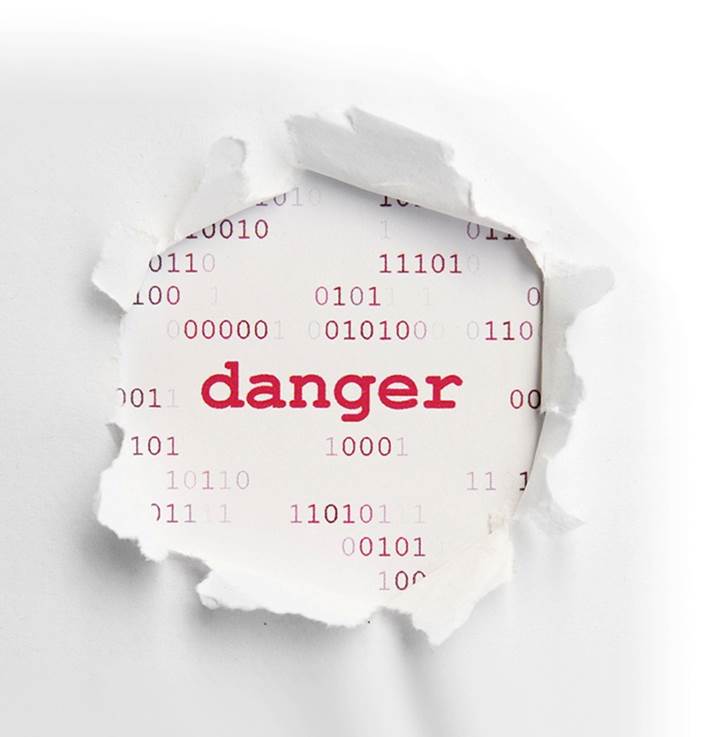The frenetic pace of network security threats leads businesses of all size, and managers at all levels, struggling to understand risk.
- Why are cyber-attacks occurring and can they be prevented?
- What strategies are effective in preventing or mitigating an attack? Which are ineffective?
- Who is targeted most often?
- Where are the new trends forming?
Designed to benefit the entire security community, this year’s 2014-2015 Global and Network Security Report by the Radware Emergency Response Team (ERT), provides a comprehensive and objective review of 2014 cyber-attacks from both a business and a technical perspective. The report also offers advice for organizations to consider when planning for cyber-attacks in 2015.
I invite you to read this report to understand the “why” behind cyber-attacks. You’ll also gain an orderly way to assess these threats. This annual report serves to provide the most comprehensive treatise available for decision makers – organized in a format which will satiate questions from financial decision makers, to technical architects to consultants wishing to navigate customers.
Here’s a snapshot of some the most important findings, however I encourage you to download the free report and enjoy the rich infographics and details for yourself.
What Changed in Security in 2014?
2014 was a watershed year for the security industry and cyber-attacks reached a tipping point in terms of quantity, length, complexity and targets.
The growth and expansion of cyber-attacks to new targets is in part due to a bigger technical “bag of tricks” being used. Hackers are adapting to multi-pronged mechanisms for cyber-defense by combining multiple techniques in a single attack.
Example of a Powerful Lesson: Attacks Longer & More Continuous
In September and October of 2014, we surveyed the security community and collected 330 responses and found that the most commonly reported attack duration was one month. This was cited by about 15% of the survey respondents. However, 19% of the major attacks reported were considered “constant” by the targeted organization. That’s a stark contrast from the 2011, 2012 and 2013 surveys. While organizations reported many weeklong and even month-long attacks, never have more than 6% reported experiencing constant attacks.
This trend challenges the traditional concept of incident response, which assumes a normal state without attacks. It also exposes a security gap. When respondents were asked how long they could effectively fight an around-the-clock attack campaign, 52% said they could fight for only a day or less!

New Trends are Changing the Rules of the Game
Three trends have become incredibly disruptive to information security: the continued migration to cloud (and the accompanying dissolution of enterprise IT), the rise in the Internet of Things (IoT), and the move toward the software-defined network (SDN).
Hybrid Solutions Prove Themselves and Gain Ground
This year, more than a third (36%) of Security Industry Survey respondents indicated that they use a hybrid solution with both customer premise equipment (CPE) and cloud solutions. Another 6% plan to implement. Interestingly, responses suggest that by 2015, nearly half (48%) of those surveyed will employ hybrid protection.
Internet Pipe, Reflective Attacks Earn Dubious Honors
Not only has it increased as a point of failure, but the Internet Pipe now has the “honor” of being the number-one failure point. Meanwhile, hackers seem to be making their way through every protocol to determine whether and how to use it for the next big reflective attack. The result: Reflective attacks represent the single largest DDoS “headache” of the last year.
Headless Browsers, DDoS Attacks Become More Sophisticated
Attackers are now combining multiple techniques in a single attack—enabling them to bypass defense lines, exploit server-side vulnerabilities, and strain server-side resources. Such attacks include Anonymization and Masquerading, Fragmentation, Encryption, Dynamic Parameters, Evasion and Encoding, Parameter Pollution and Extensive Functionality Abuse.
Budgets Can Be Challenging—But Organizations Are Investing
Organizations of all sizes are struggling to finance and anticipate costs associated with cyber-attack prevention and mitigation. When asked how their organization has deployed resources in response to cyber threats in the past 12 months, more than half of the respondents reported changing security process, protocols and/or mandates. Nearly half said they had invested in new or specialized technologies.

This year’s report illuminates how security attacks are more complex, even as macro-IT trends contribute to the dissolution of security effectiveness. Research confirms that the motives, means, and effectiveness of security attacks are on the rise - and it also highlights the need for greater agility to quickly adapt to evolving threats.
In addition to results survey, expert analysis and data visualization, the report also includes a checklist that can be used for evaluating your preparedness for attack detection and mitigation capability. This tool should prove valuable in assessing your attack resiliency.
You can download this informative 53-page report by clicking here. [Registration Required]